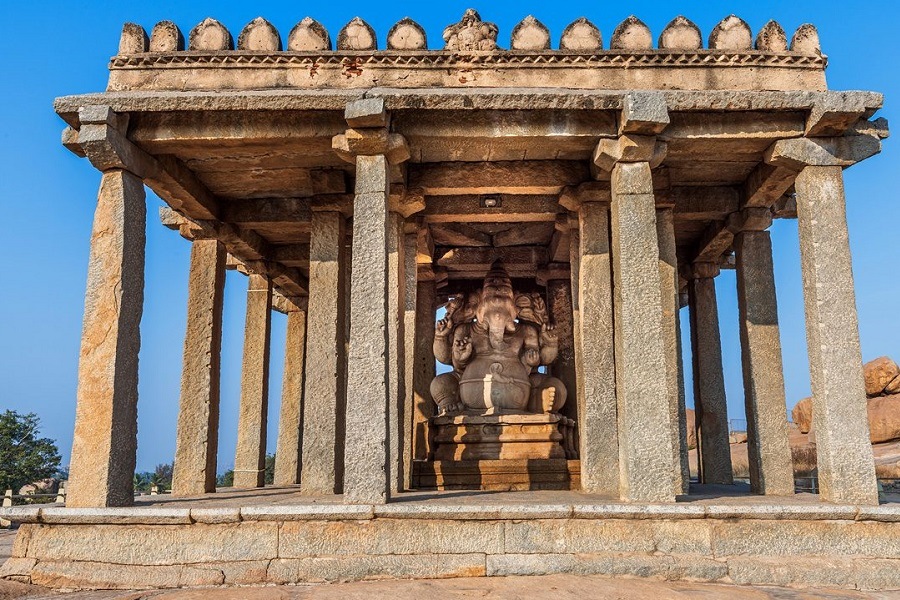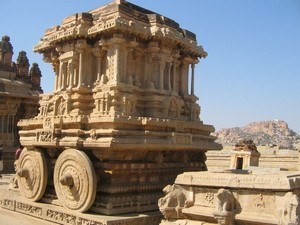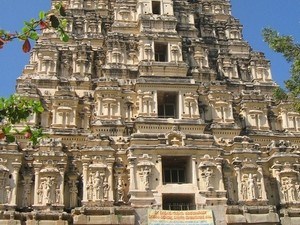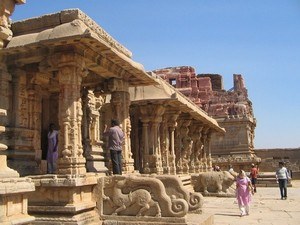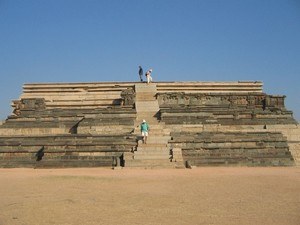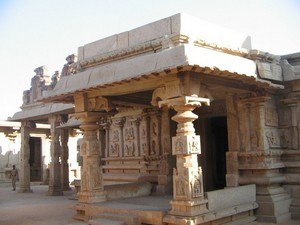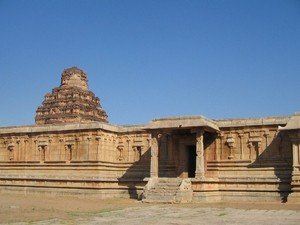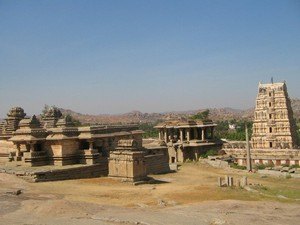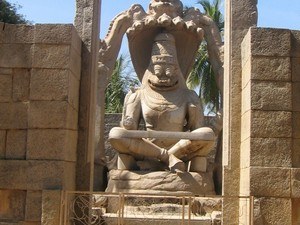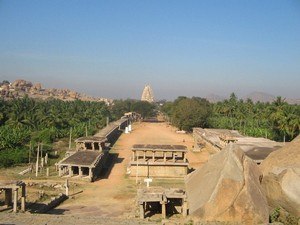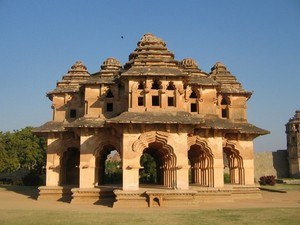Sasivekalu Ganesha Temple, Hampi - Timings, History, Architecture, Best Time to Visit
 #17 of 37 Places to Visit in Hampi
#17 of 37 Places to Visit in Hampi
 Distance (From Hampi): 0.5 Kms
Distance (From Hampi): 0.5 Kms
 Trip Duration (Including Travel): 30 Mins
Trip Duration (Including Travel): 30 Mins
 Transportation Options: Cab / Auto / Walk/Trek
Transportation Options: Cab / Auto / Walk/Trek
 Travel Tips: None
Travel Tips: None
At a distance of 450 m from Hampi Bus Stand, Sasivekalu Ganesha Temple is located on the southern foothill of the Hemakuta Hill beyond the Krishna Temple in Hampi. It is one of the major landmarks in Hampi that one must-visit as part of the Hampi heritage tour packages.
Sasivekalu Ganesha Temple is a giant statue of Lord Ganesha, carved out of a single block of rock. The shape of Ganesha's belly resembles that of a mustard seed, which is the origin of the temple's name, 'Sasivekalu,' translating to 'mustard seed' in Kannada. The history of the Sasivekalu Ganesha statue can be traced back to the 16th century. An inscription located near the statue indicates that the pavilion housing it was constructed in 1506 AD by a merchant from Chandragiri, Andhra Pradesh, in honor of the reigning king of Vijayanagara, Narasimha II (1491 - 1505 AD).
The Ganesha statue is carved out of a huge boulder measuring approximately 2.5 m (8 ft), and is situated within a spacious open mantapa supported by plain, rough square pillars. The statue is depicted in a seated posture with four arms. The upper right hand of the statue wields a goad, while the lower right hand grasps the broken tusk. The upper left hand holds a noose, and the lower left hand presents a modak, which is unfortunately broken and has not been restored.
A snake is wrapped around Ganesha's belly. In Hindu mythology, it is said that Lord Ganesha once overindulged in a feast, leading to a dangerously swollen stomach. To prevent it from bursting, he tied a snake around his waist, serving as a makeshift belt. This narrative is illustrated in the statue at the temple, with the snake coiled around his abdomen symbolizing this mythological story.
Timings: 6 AM to 6 PM
Entry: Free



